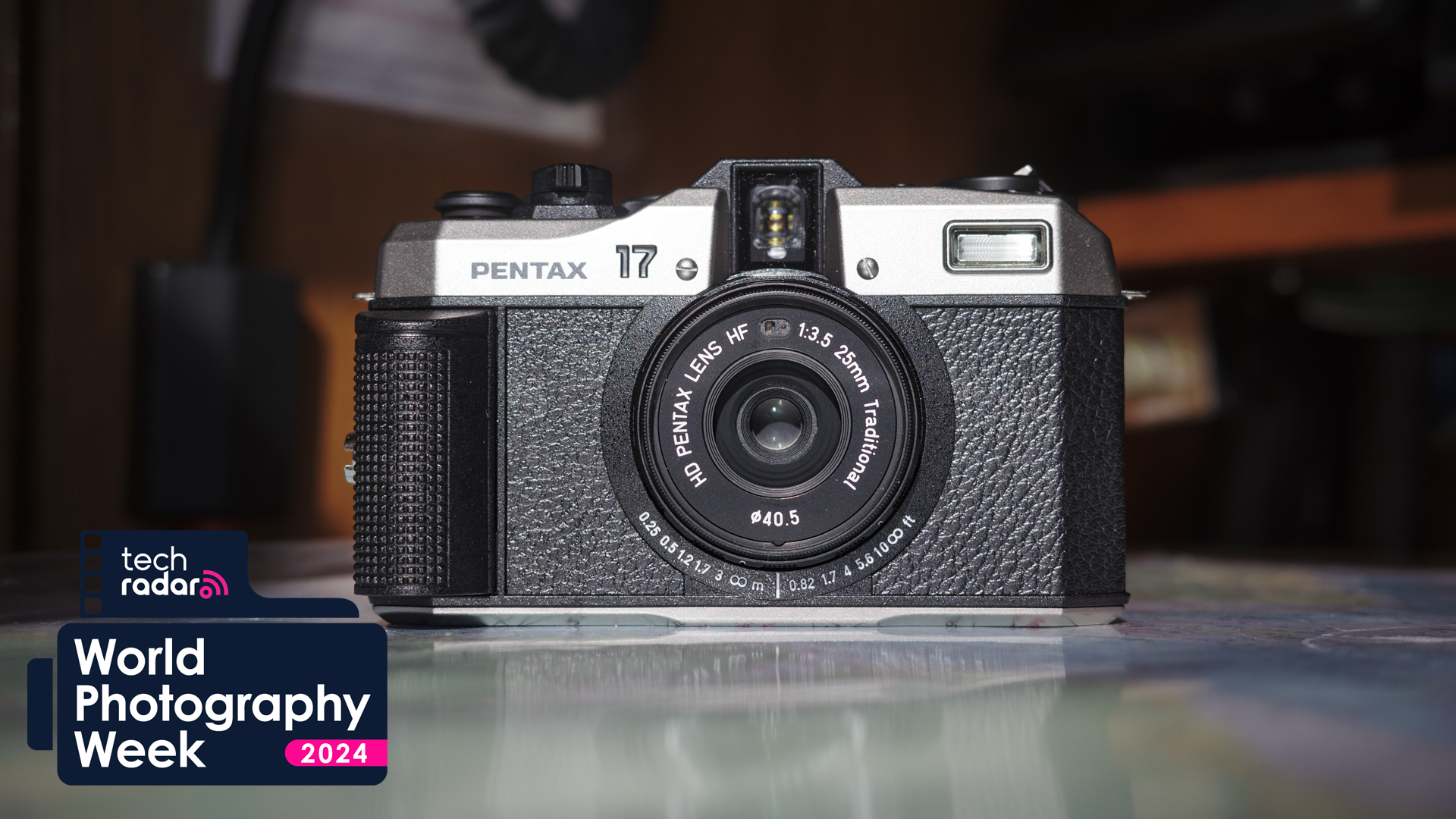
Film photography is alive and well in 2024. Far from a defunct format, those little rolls are enjoying a huge resurgence in popularity. Driven by a wave of analog nostalgia that favors the imperfections of film over the instant convenience of digital, the trend has breathed fresh life into a classic medium.
Since January, we’ve reviewed five promising new film cameras, including the Pentax 17 – the company’s first analog model in decades. A point-and-shoot aimed squarely at Gen Z photographers looking to experience the authenticity of analog, it’s a sure sign that film is in right now.
Just as exciting is the variety offered by these new models: from the multi-lens Alfie TYCH+ to the ultra-portable Lomography Lomatic 110, it’s promising to see manufacturers experimenting with different approaches. Look at our list of the best film cameras and you’ll see that analog fans have a lot of choice.
With all that in mind, we’ve put together this overview of film photography in 2024. To bring you up to speed, we’ve rounded up the latest film camera releases, as well as what’s in store for the format, and what we’d like to see next for film photography.
Why is film photography popular in 2024?
“Whatever you now find weird, ugly, uncomfortable and nasty about a new medium will surely become its signature,” said Brian Eno in 1996. “The excitement of grainy film, bleached-out black and white, is the excitement of witnessing events too momentous for the medium assigned to record them.”
So it is with film photography in 2024. At a time when content creation is constant, many are looking for a more permanent, less perfect medium to capture their experiences. For all the benefits of the best digital photography cameras – reliable results, easy editing, immediate sharing – analog appeals for the opposite reasons: it’s physical, imperfect and takes time to develop.
There is certainly some surface-level appeal to the ‘retro’ feel and effect associated with film cameras. It’s the same old-school aesthetic value which fuelled the viral popularity of the Fujifilm X100VI. But if #filmphotography posts on TikTok and Instagram are anything to go by, many are also being drawn to analog photography as a physical process – one that feels more authentic and connected than contemporary digital alternatives.
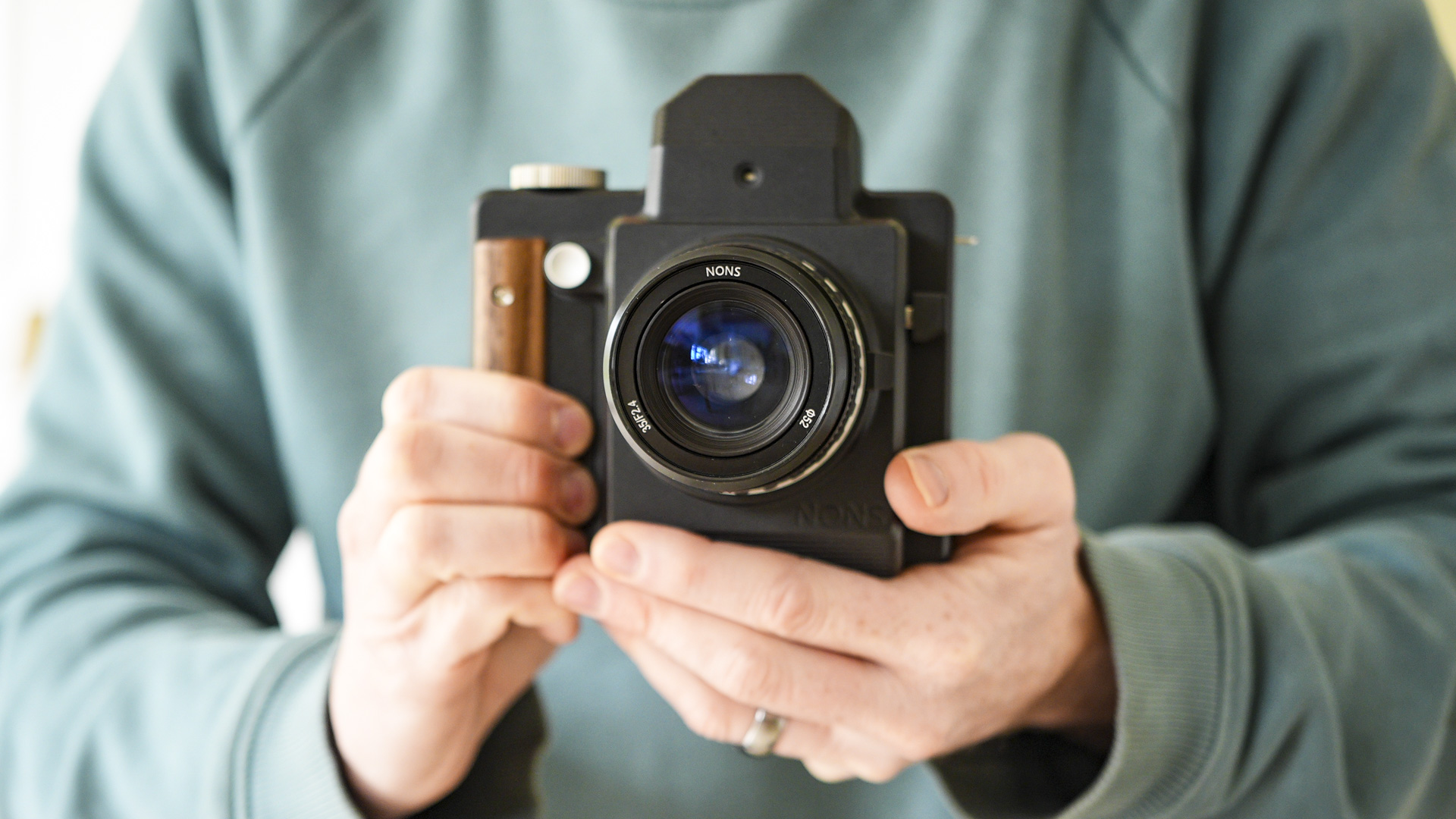
That might be the satisfying click of a film advance winder, the chemical color profile of a particular film type, or the genuine grain on a developed image – rather than distortion simulated by a digital filter.
It’s easy for those who grew up shooting on film to scoff at this rose-tinted retrospective, especially when the best mirrorless cameras are capable of capturing such incredible results. Yet the trend is also one that embraces the roots of photography and brings new people into the hobby, with an appreciation of its past. To some extent, it’s a parallel to the continued popularity of vinyl records.
And the zeitgeist is a powerful one: it persists despite the rising cost of film and processing fees. That can only be a good thing for an industry which, for a long time, felt existentially threatened by the advent of the best camera phones.
New film cameras in 2024
From automatic point-and-shoots to instant cameras with interchangeable lenses, there hasn’t been this much choice for analog fans since the heyday of film photography. Below you’ll find summaries of the five new film cameras we’ve reviewed in 2024, including why we think they’re good news for the medium.
Pentax 17
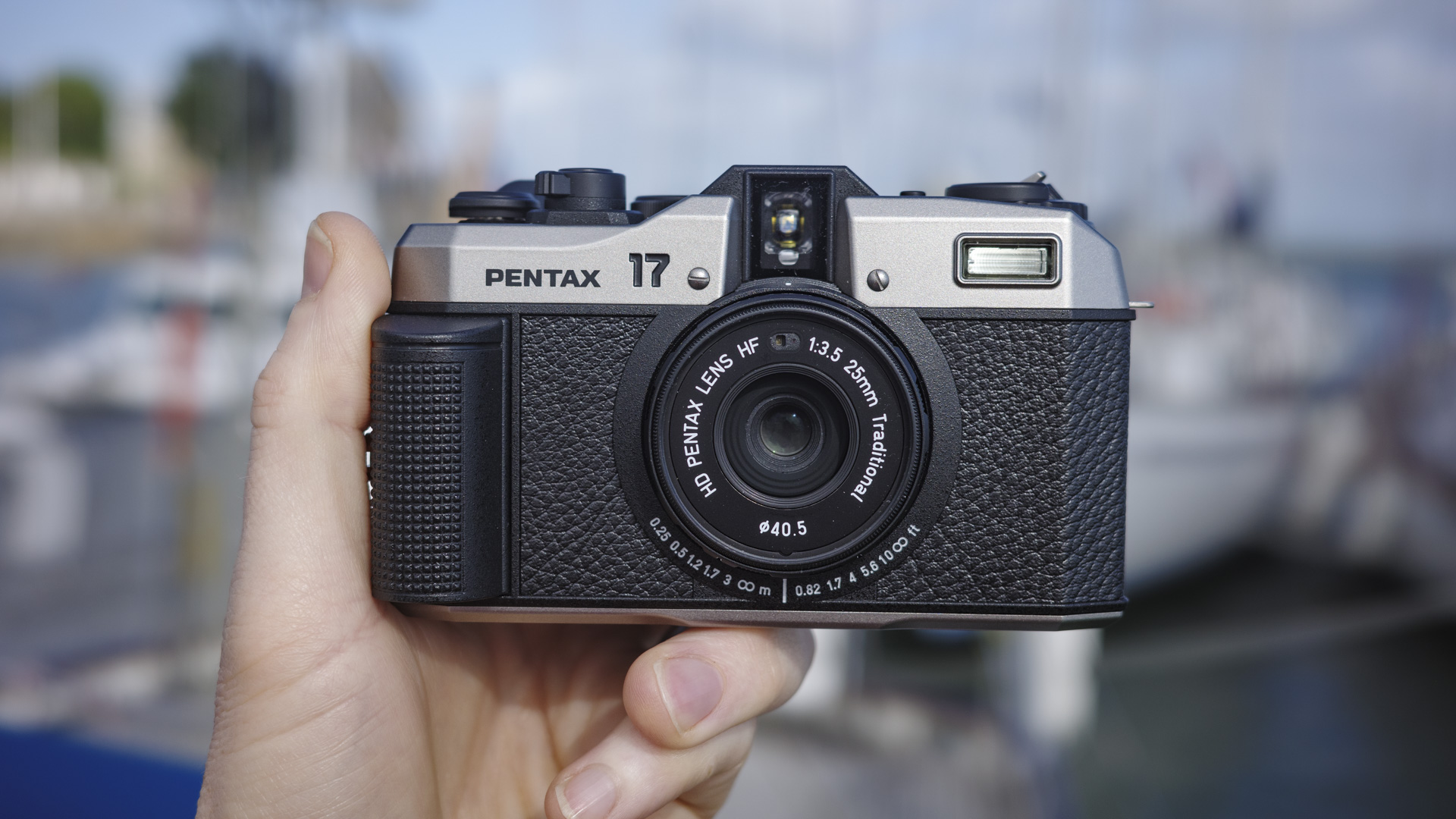
- Price: $499 / £499 / AU$899
- Format: 35mm
Leading the charge for new film cameras in 2024 is the Pentax 17. The product of a multi-year development project by parent company Ricoh, it’s very much an analog camera for the smartphone generation: by shooting half frames, it not only maximizes the return from a single roll of film, but it also produces portrait prints with the right proportions for social sharing.
It’s a tidily packaged point-and-shoot that leans heavily into its retro charms. In our review, we praised its tactile film crank, which gives lovely audible feedback, as well as its useful vertical viewfinder. Admittedly, its plastic build and high price won’t impress anyone familiar with the bulletproof SLRs of the 1990s. But with a sharp lens and automated modes, we can see the appeal for anyone getting into film photography for the first time.
- Read our in-depth Pentax 17 review
Alfie TYCH+
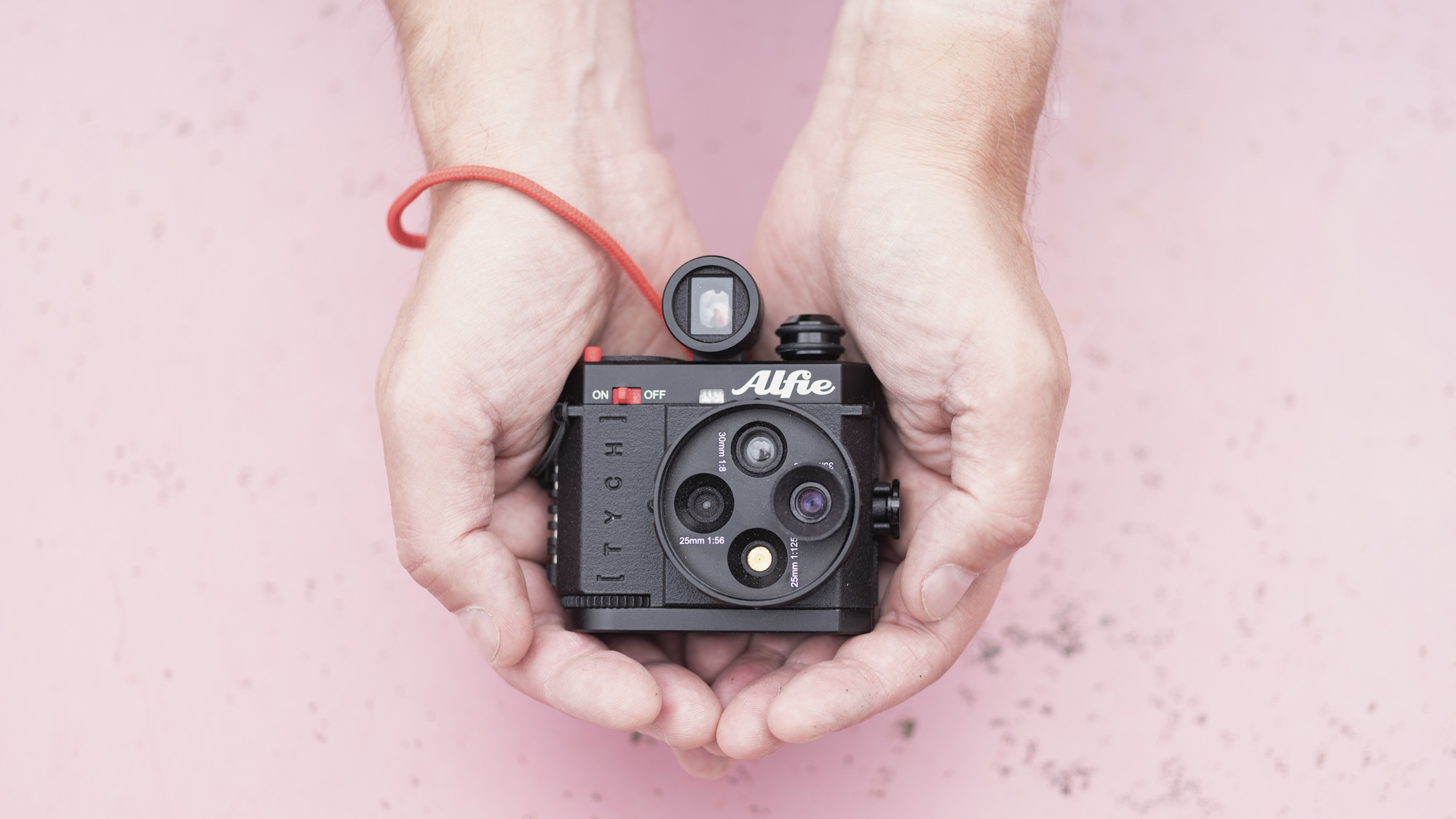
- Price (regular): £499 (around $600 / AU$1000)
- Price (premium): £299 (around £390 / AU$590)
- Format: 35mm
Lomography has cemented its name with experimental toy cameras over the last decade, but the Alfie TYCH+ makes a strong claim to being the most unique analog tool we’ve shot with in recent years. A pocket-sized camera that shoots half-frame stills on 35mm film, it features four lenses on a rotating plate, giving you a range of creative shooting options in a tiny package.
Its small size and light weight mean it’s a fantastic camera to keep with you, while those lenses let you easily explore four very different styles of photography – including a 25mm f/125 pinhole lens and a premium 33.3mm (50mm equivalent) f/8 rapid rectilinear lens. We made plenty of mistakes in our review, and there’s a learning curve when it comes to mode selection, but we were primarily inspired by the possibilities. While the TYCH+ isn’t the cheapest way to explore film photography, it is one of the most exciting.
- Read our in-depth Alfie TYCH+ review
Nons SL660
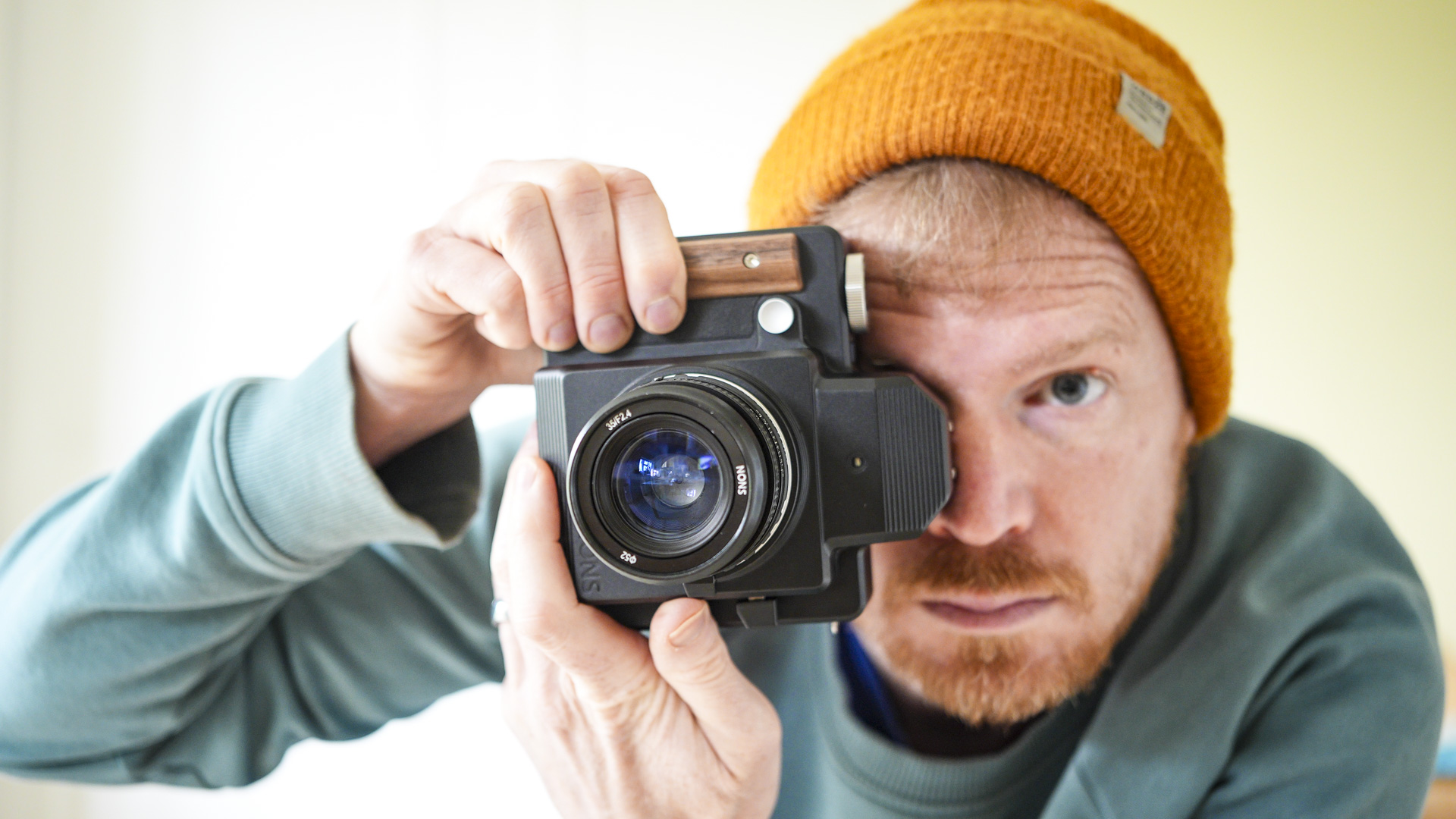
- Price: $599 / £603
- Format: Fujifilm Instax Square
There’s nothing quite like the Nons SL660. It’s an angular, bulky instant camera that shoots on Fujifilm’s Instax Square film. But unlike many of the best instant cameras, it has a passive Canon EF lens mount, which unlocks compatibility with a whole range of different lenses. Nons makes two itself: a 35mm f/2.8 and a 50mm f/1.8, as well as a catalog of adaptors for other mounts, including Nikon F.
Designed as a proper SLR, the SL660 is fully manual in operation. That means you’ll need to get to grips with shutter speed, aperture and exposure settings. Focus is manual too, as is the method of ejecting prints. All of this makes the SL660 a proper photographer’s camera – a fact reflected by its high price tag and metal build. We found it heavy in testing, and Instax Square film does limit overall image quality. But for a proper, hands-on analog shooting experience, we think it delivers charm in spades.
- Read our in-depth Nons SL660 review
Lomography Lomatic 110
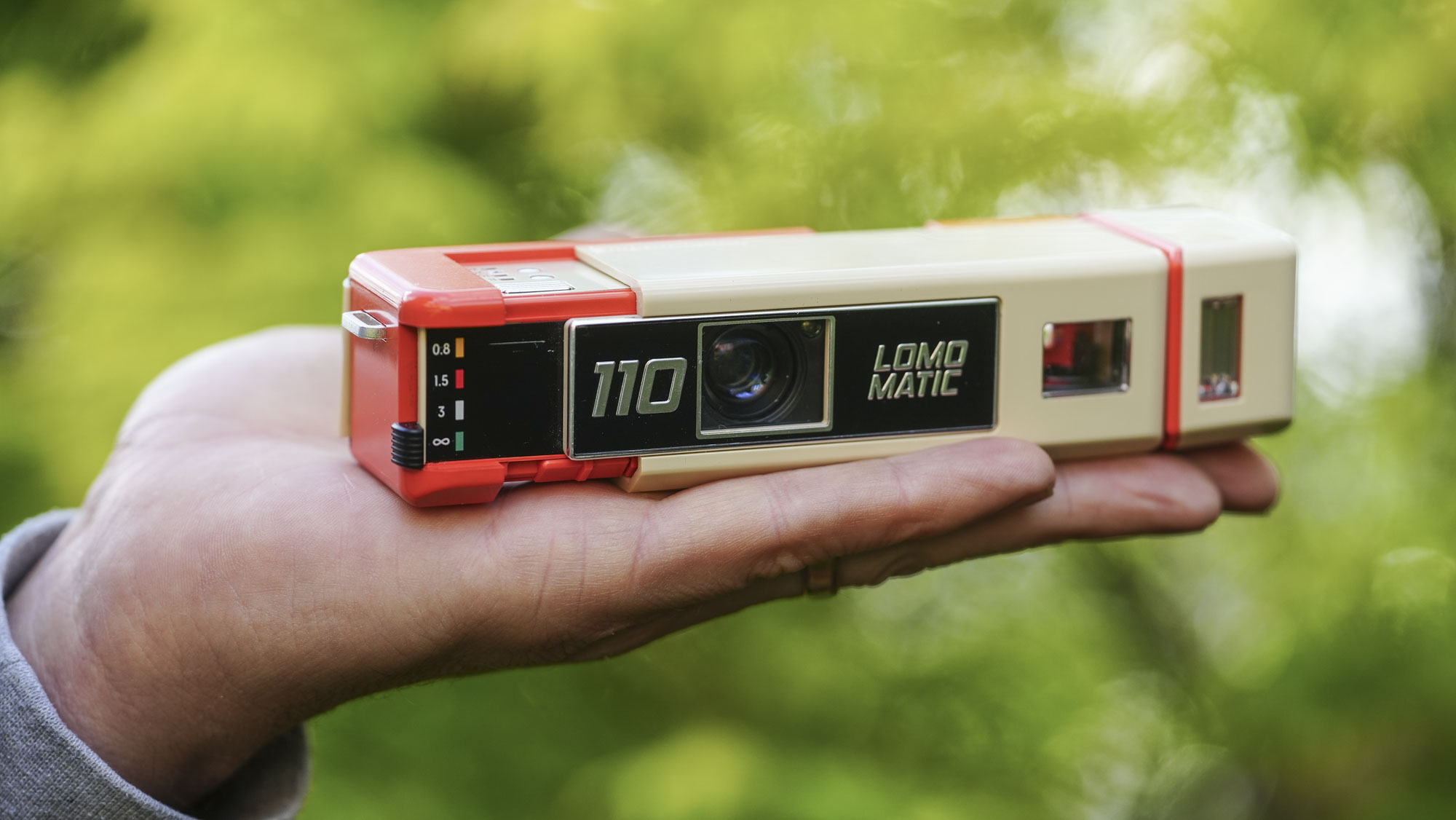
- Price (without flash): $99 / £89
- Price (with flash): $119 / £109
- Format: 110
You can rely on Lomography to always be doing something different, and so it is with the manufacturer’s latest model: the Lomatic 110 is a pocket-sized point-and-shoot that takes 110 film. That means a reduction in quality versus 35mm rolls, plus a lower yield at 24 exposures. Yet the Lomatic 110 is also a fantastically easy camera to use and a perfect one for beginners to shoot and travel with, thanks to its compact design and foolproof controls.
Its vivid retro look is bang on trend, while its interface is satisfyingly simple. All that’s really required is to set the film ISO and the focus distance, which is done via a manual scale control. Shutter speed is handled automatically (depending on whether you’re in day or night mode), with three flash options. In this way, we think the Lomatic 110 captures exactly the fun accessibility that is drawing many back to film. The only downside is the small size and high relative cost of the 110 format.
- Read our in-depth Lomography Lomatic 110 review
Fujifilm Instax mini 99
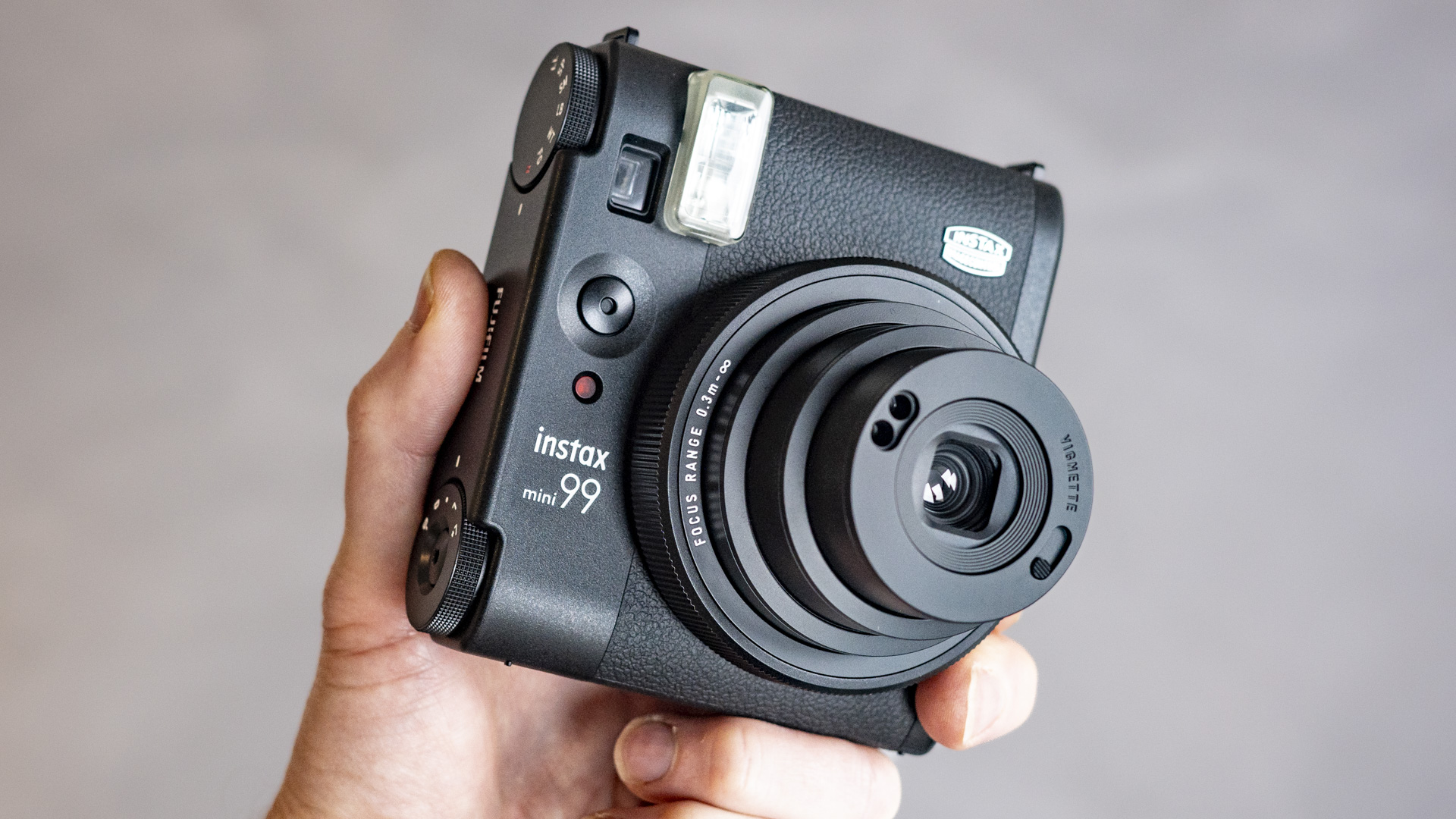
- Price (without flash): $199.95 / £174.99 / AU$279
- Format: Fujifilm Instax mini
A different analog genre all of its own, instant photography has been back in a big way for several years. Yet we think the Fujifilm Instax mini 99 is also further evidence of film photography’s increasing popularity. It’s a fine example of the format, with a solid build and grown-up design that embraces the ‘old-school’ look without going over the top.
In our review, we praised its combination of a beginner-friendly interface with manual controls and shooting modes that give experienced photographers room to experiment. It’s not a budget camera by any means, and there’s no escaping the cost of Instax mini film refills. But the mini 99 is also one of the most mature Instax cameras we’ve tested. The best instant cameras have gone from strength to strength, and the mini 99 shows there’s very much a market for this form of film photography in 2024.
- Read our in-depth Fujiiflm Instax mini 99 review
What’s next for film photography?
With the resurgence of film photography comes a renewed expectation of what’s coming next for the medium. As you can see from the models above, there are several manufacturers with skin in the analog game in 2024.
Probably the greatest anticipation surrounds the Pentax Film Project, which gave us the Pentax 17. In December 2022, parent company Ricoh revealed plans to launch a series of Pentax film cameras. At first, it was expected that we would see multiple new models released in 2024. That now appears less likely, but talk of a follow-up to the Pentax 17 continues.
What that might look like remains to be seen: depending on who you ask, it could be a compact point-and-shoot or a fully fledged SLR. It may, quite fairly, be that Pentax is holding fire until it’s fully assessed the reception for its first new film camera in decades. This would fit with what Pentax representatives have said about consulting directly with consumers on the project. Either way, the bar has been set high with the Pentax 17.
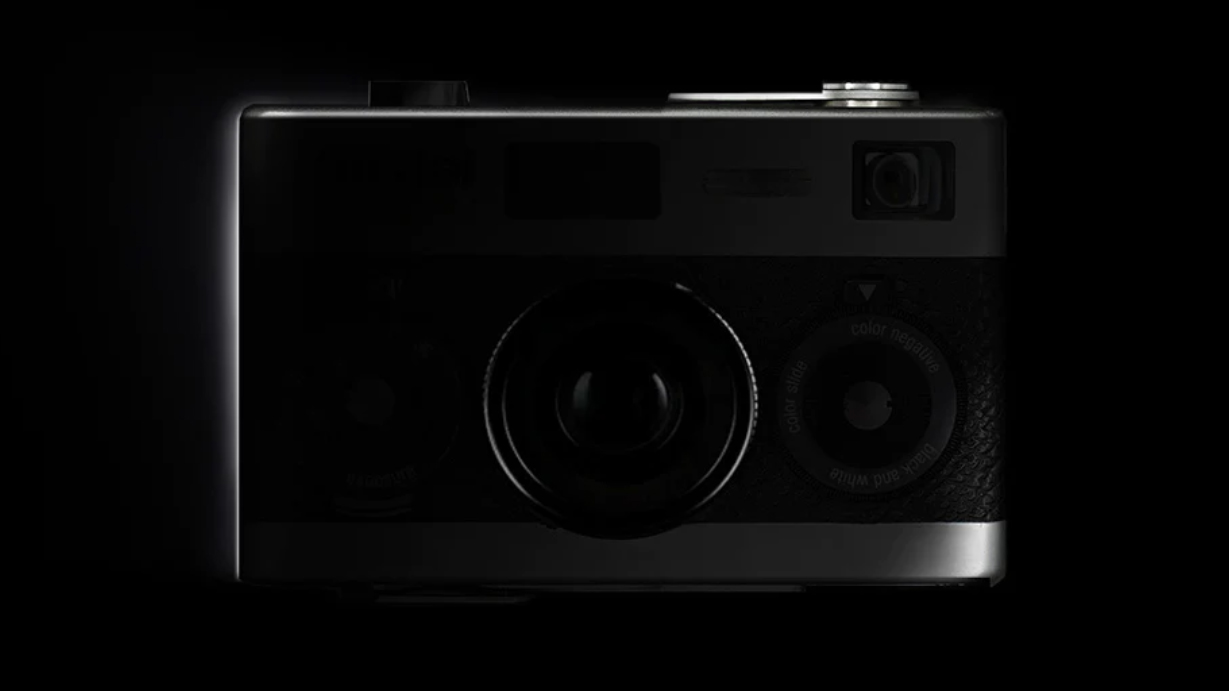
Another project surrounded by expectation is Mint's Rollei 35AF camera. A miniature 35mm camera from the Hong Kong camera maker, the Rollei 35AF is a reboot of the Rollei 35 of the 1960s. It pairs a matchbox-sized metal body and 35mm f/2.8 lens with modern flourishes, including autofocus. There’s no firm word on pricing, but it could retail at north of $600.
With a convenient form factor, vintage look and accessible controls, the Rollei 35AF looks set to have all the right characteristics to ride the wave of analog enthusiasm. The waitlist is reportedly a lengthy one already, which speaks volumes about the popularity of film photography in 2024. A release date hasn’t been fixed, but it could be this year.
What we’d like to see next for film photography
The most exciting thing about film photography in 2024 is not just the increasing popularity of the medium, but the fact that new analog cameras are being made by a number of manufactures – and that these models offer a wide variety of shooting experiences. We’ve love to see this trend continue: fresh approaches to film photography which offer different routes into the hobby. The more options that are out there for first-timers to try, the more that interest in analog will keep growing.
At present, Pentax is the biggest name to bring a new film camera to the market in 2024. We have seen analog models from other camera makers in recent years, including the budget Kodak Ektar H35. Leica also maintains the premium M-A and MP in its line-up. But what we’d really love to see is a film camera from one of the biggest camera brands: Canon or Nikon.
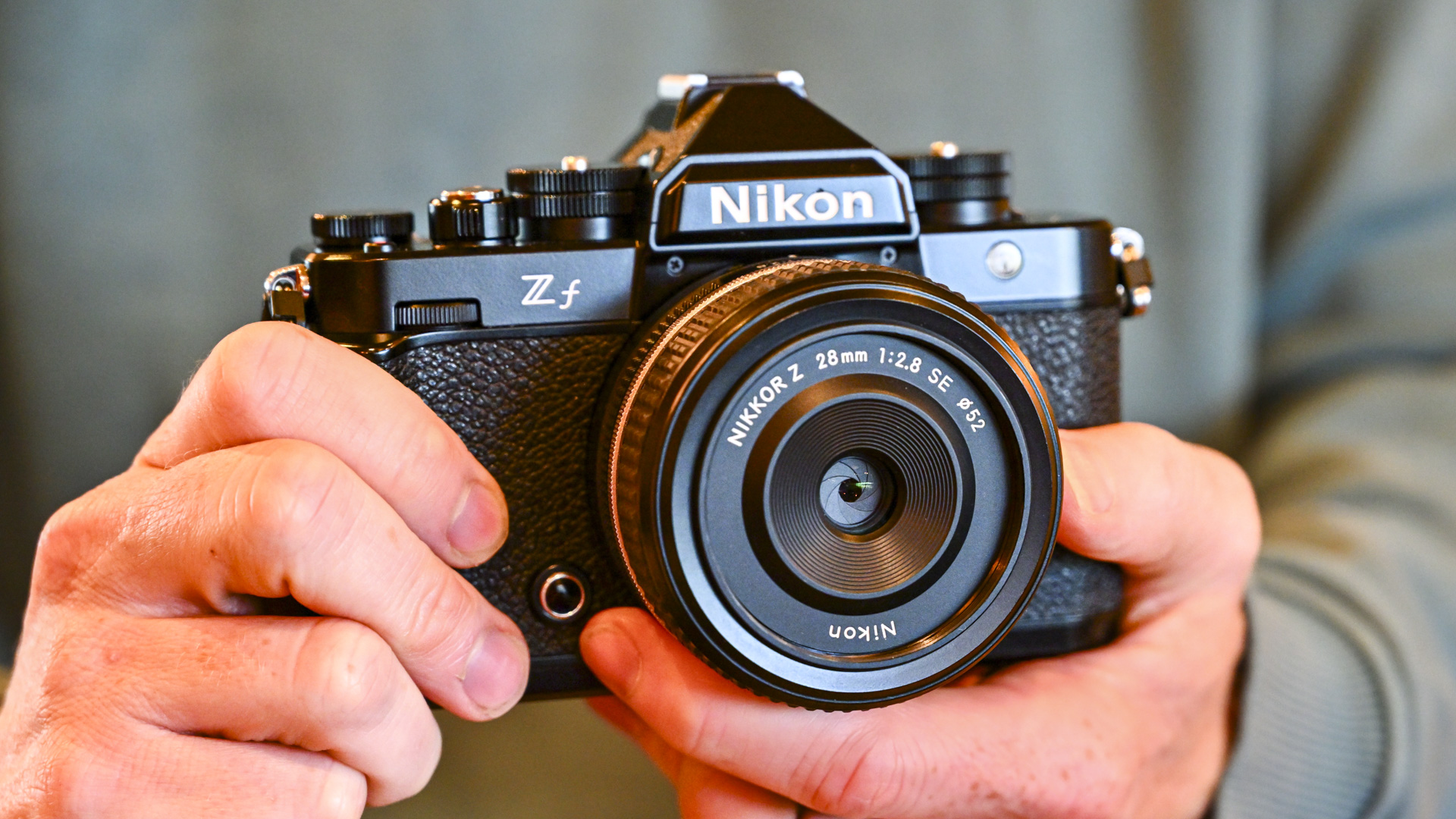
While this might seem unlikely, given that both marques have shifted their focus away from DSLR models to the best mirrorless cameras, we don’t think it’s impossible. Nikon in particular has show a willingness to embrace the market for retro-style cameras, aping Fujifilm’s X series with vintage-inspired models such as the Z fc and Zf. A leap back into 35mm would be a bold one – but with such an extensive back-catalog of film cameras, there would surely be a market for an analog homage to a former model.
We’d also really like to see a reduction in the cost of film refills and developing fees. Both of these remain a barrier to entry for new film photographers in 2024, with prices that will discourage many from experimenting with the medium, due to the high cost of processing and printing even a single still.
For prices to come down, there needs to be a weight of demand that makes it worthwhile for film manufacturers and photo studios to expand and compete. This can only happen if enough people take up analog photography. The good news is that every new model that hits the market makes this more likely. So we don’t know exactly what’s next for film photography, but the picture looks brighter in 2024 than it has in a long time.







